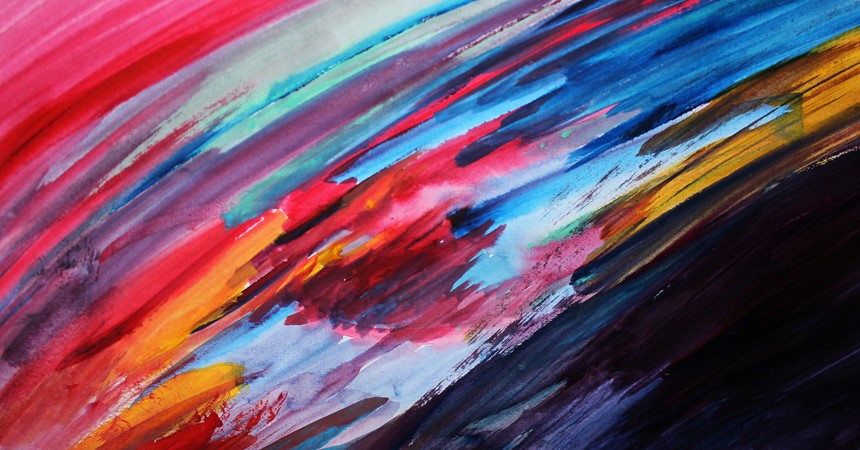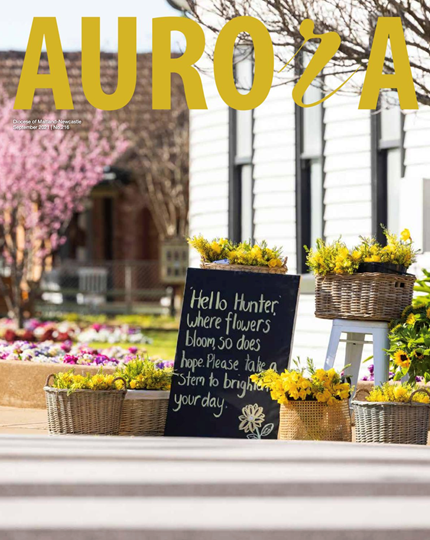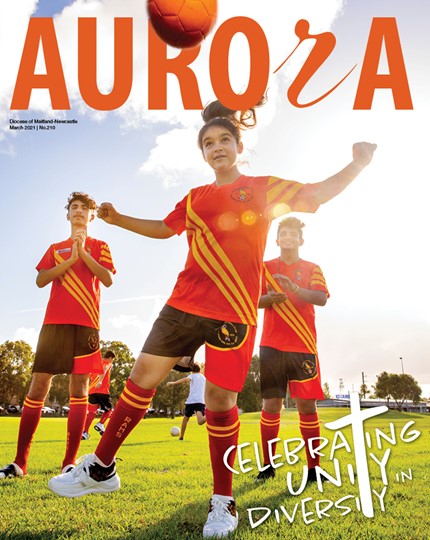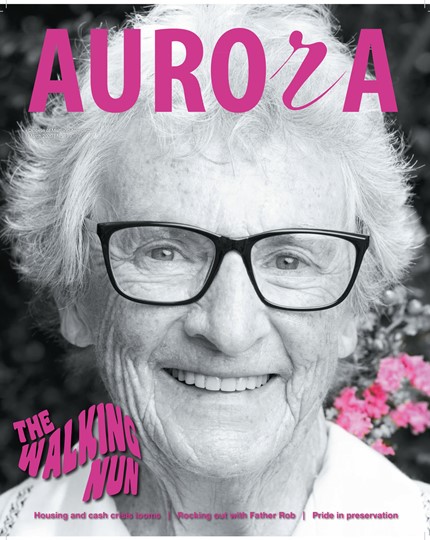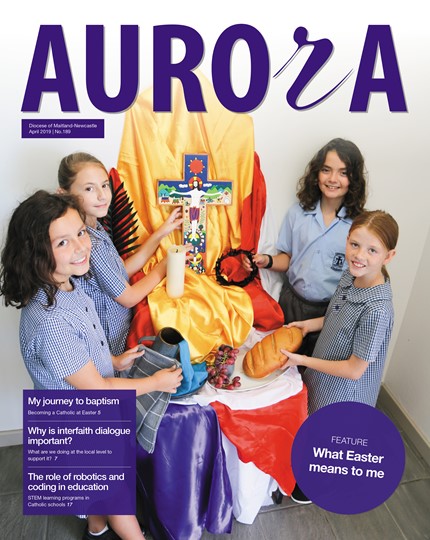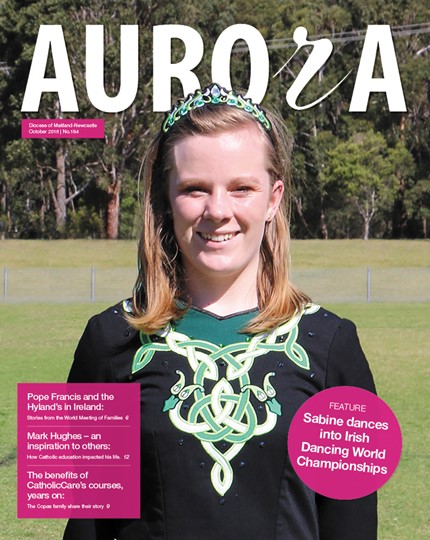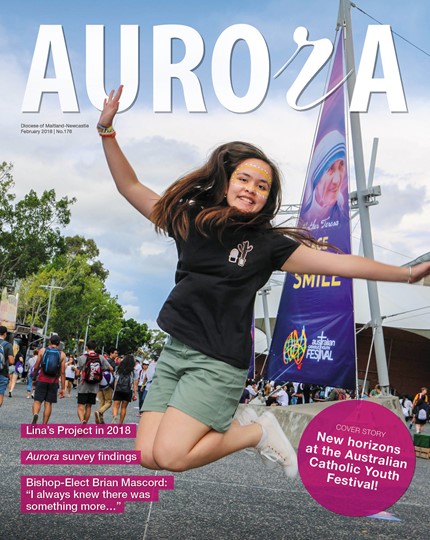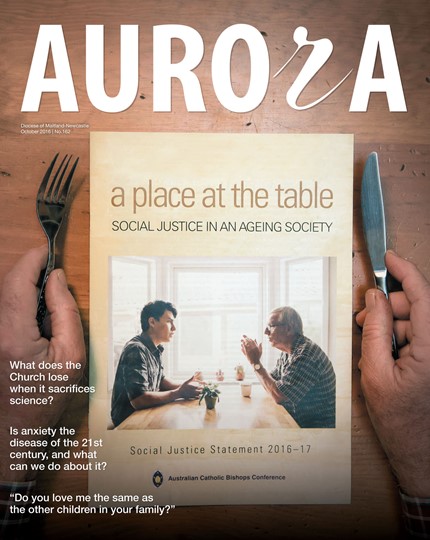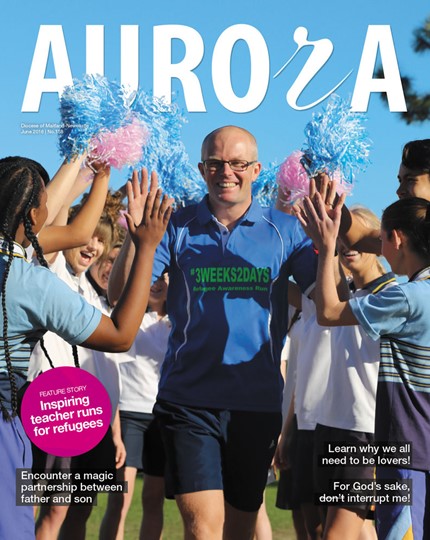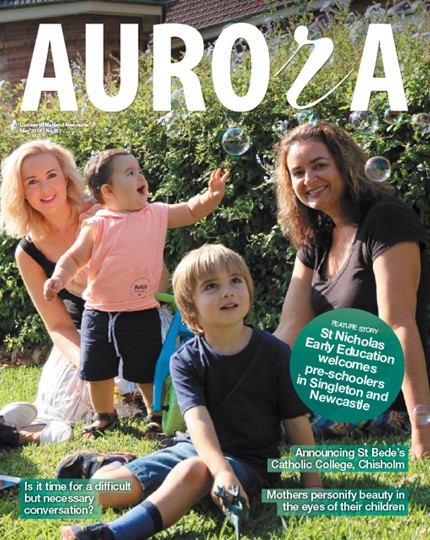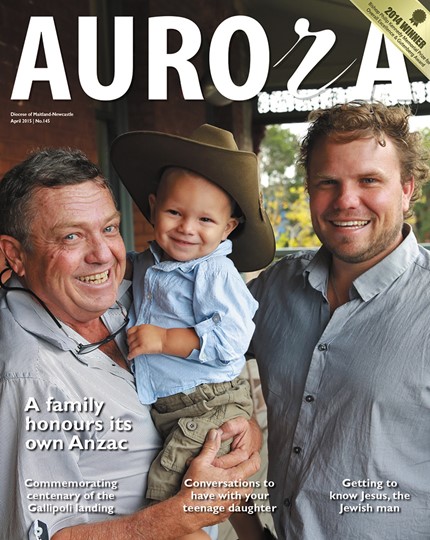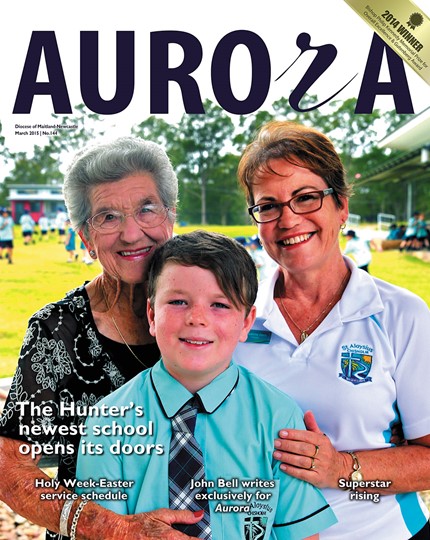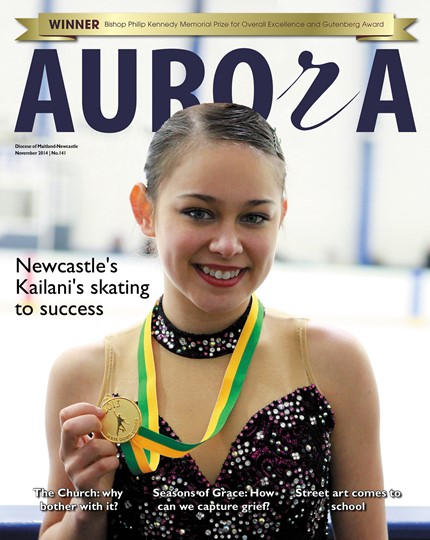Does certain music give you a delicious feeling of goosebumps? Have you thrilled yourself with dancing as if no one were watching? Has a painting moved you to tears? Did you catch yourself breathless watching a theatre show? Have you ever lost yourself in colouring, crafting, or doodling? Or is it unbelievably satisfying to have your hands deep in soil, clay or even bread dough?
Whatever your experience, you are tapping into the powerful and transformative forces behind the creative and expressive arts. Interest in the psychological meaning and effect of these activities has been present from the earliest studies of the unconscious mind right through to modern hospital-based programs that use the arts to heal mind and body.
When we are young, before we have language, our world is one of colour, shapes, sound, sensations, and the non-verbal signals from our caregivers. These are our lifelines; a way to grow our understanding, have our needs met, to feel safe and, ultimately, connected. Neuroscience has shown us these signals are created and processed first in the right hemisphere of our developing brains. They are hyperlinked into our physical nervous system, raw emotions, memory, and attachments. It is the place of images, metaphor, whole-body sense, and stress reduction. Our left hemisphere comes online later with its love of language, logic, lists and facts familiar to parents of two-to-three-year-olds with their constant, “Why? Why? Why?”.
Of course, our brain integrates these features as we grow. However, mental health challenges and trauma experiences can make it difficult to understand, name or explain what we think or feel. Or maybe we don’t speak the dominant language, have a disability, are frail, aged or affected by physical ailments. At these times, traditional “talking therapy” with its focus on ideas and language may not reach our pain.
Instead, a psychologist may use creative and expressive art-based techniques to access our brain’s right hemisphere applying materials and interventions matching our needs and goals. It might range from mixed media on a mask exploring our internal and external “faces”, to joining a drumming circle; using clay to make a sculpture of a greatest fear or fashioning an abstract quilt to process grief after a loss. The act of expressing our own perceptions, imagination, and feelings is just as therapeutic as the finished work. And through these processes we can improve self-esteem and self-awareness, cultivate emotional resilience, promote insight, enhance social skills, and reduce
and resolve conflicts and distress.
The field blending creative and expressive arts with psychology has become highly specialised. There are now specific tertiary-level courses in Australia to train art, music, drama, and dance therapists – an encouraging sign we are learning to support and access the many facets of our human experience to aid in our healing.
How have you “talked” to your right brain today?
Dr Katrina Sweeny
The Rosewood Centre's registered psychologists address a new issue each month.
The advice provided is general in nature and does not replace ongoing support and advice from your health professional.
To talk to someone about counselling support, call: The Rosewood Centre P 1800 613 155 or Lifeline 24/6 on P 131 114.
